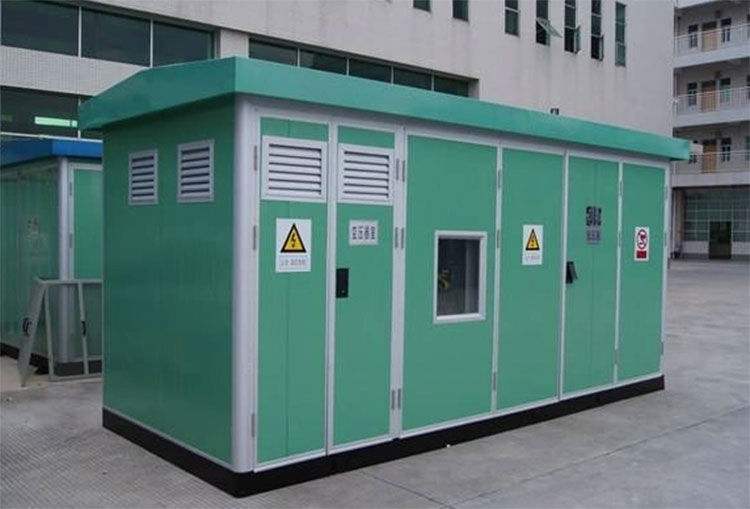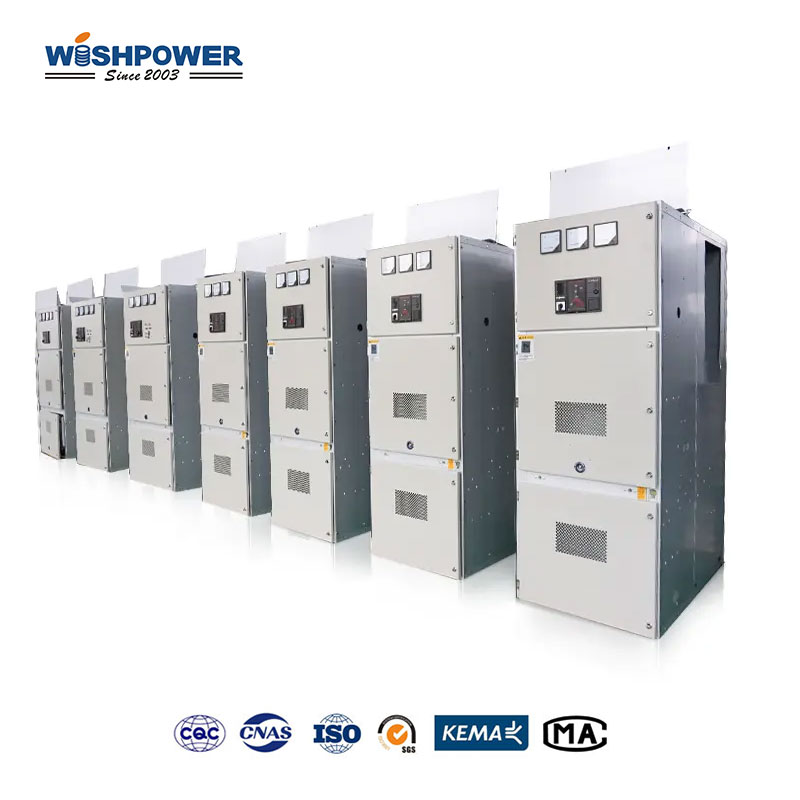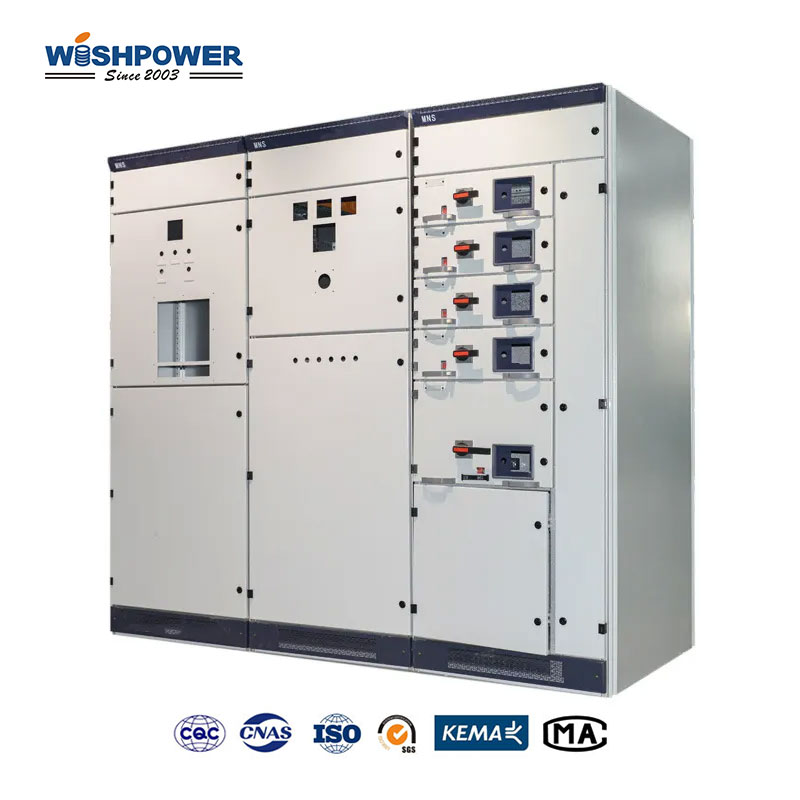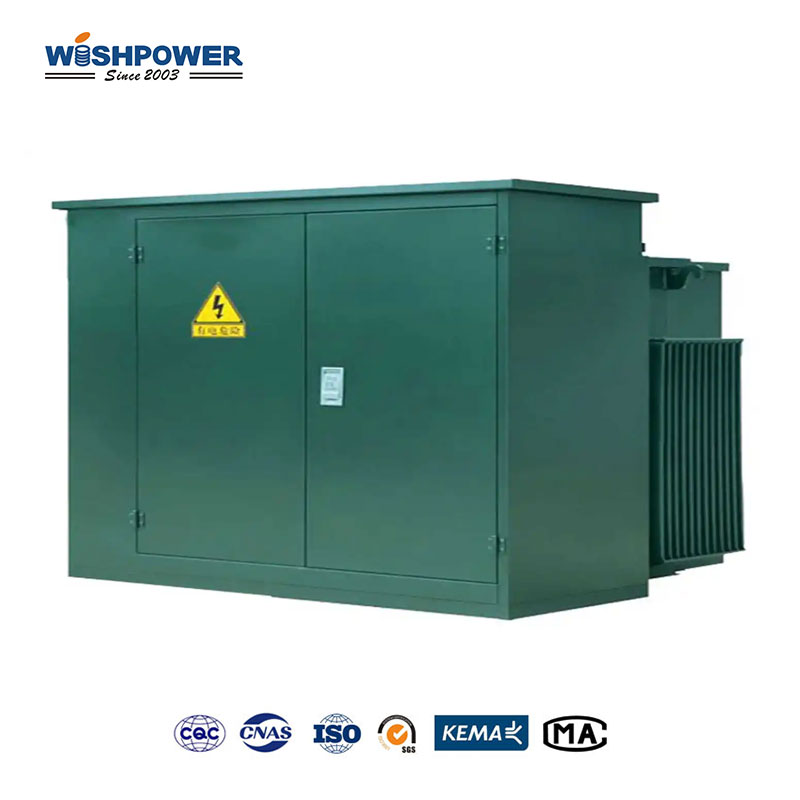What is a Metal-Clad Switchgear?
Electrical systems heavily depend on metal-clad switchgear because it functions as the critical mechanism that controls circuits as well as protects and disconnects these electrical connections. These devices serve in power distribution networks as well as substations and multiple industrial facilities. Metal-clad refers to dependable metallic housing that defends switchgear elements while safeguarding personnel and equipment from harm.

Purpose of Metal-Clad Switchgear
The switchgear system protects electrical components from diverse faults that involve short circuit overloads and ground faults. Faulty system parts become isolated in the enclosure while preventing damage to unaffected system areas through proper isolation processes. This management results in shorter equipment downtime.
Metal-clad switchgear serves as a control mechanism for electricity distribution because it allows operators to perform secure switching operations. The system enables safe control of circuits because operator maneuvers do not result in damage to electrical infrastructure.
Components within the metal-enclosed cabinet protect operators from active electrical hazards. The safety features performed by these enclosures remain essential since they defend employees from electrical risks while keeping them secure in their duties.
Metal-clad switchgear operates reliably under harsh environmental conditions because it shows resistance to extreme temperatures and humidity along with physical stresses.
Key Components of Metal-Clad Switchgear
- Circuit Breaker
Metal-clad switchgear depends on its circuit breaker to function as the essential protective element. The electrical circuit will automatically disconnect when the system detects either short circuits or overloads through this protection mechanism. The safety protocols disconnect the electrical system and avoid additional network damage while protecting electrical network components.
- Isolators
The electrical system implements isolators because they provide a safe method for separating particular sections during maintenance operations or safety-related procedures. When operating together with circuit breakers they create a complete network section disconnection that blocks all electrical current during maintenance operations.
- Busbars
Inside switchgear busbars function as conducting bars that enable electric connections between several circuits. The busbars function as primary points for electrical distribution since they enable current transfer between various electric circuits. Protection of busbars takes place within the metal enclosure that contains them in metal-clad switchgear.
- Current Transformers (CTs)
The electrical circuits running through switchgear require current transformers to measure their operating currents. Organizational data obtained through CTs enables both system monitoring and protection activities. Protective relays connect to CTs to open circuit breakers when abnormal operating conditions occur.
- Voltage Transformers (VTs)
The functions of voltage transformers are to enable voltage monitoring alongside protection operations for the electrical system. These devices enable monitoring of any voltage fluctuation levels that might endanger system or equipment security.
- Protective Relays
Protective relays serve as electrical devices that scan power systems to identify any signs of equipment breakdown through measurements of current amounts or voltage distortions. The relay activates through its fault detection process to send signals that control the circuit breaker for section disconnection.
Types of Metal-Clad Switchgear
- Medium Voltage Metal-Clad Switchgear
The voltage operation range of medium voltage switchgear spans from 1 kV up to 38 kV. Professional facilities alongside power plants and substations use these systems to control electrical circuits that operate in the specified voltage range. Medium voltage metal-clad switchgear protects electrical networks that are outside the high-voltage transmission system through reliable protective measures.
- High Voltage Metal-Clad Switchgear
High voltage switchgear functions between 38 kV and higher operating at transmission power systems. The structure combines protection and control functions for transmitting electrical power throughout extended distances. These systems both meet the power requirements of electrical grids through safe operation and reduce the occurrence of system faults.
- Gas-Insulated Metal-Clad Switchgear
The insulation barrier inside switchgear systems consists of SF6 gas along with other insulating gases working within gas-insulated metal-clad switchgear systems. Switchgear equipment in this design requires minimal space requirements which makes it the appropriate choice when dimensions are restricted. The gas-insulated system protects operators through its ability to minimize the occurrence of electrical arcs.
- Air-Insulated Metal-Clad Switchgear
The operating principle of air-insulated metal-clad switchgear depends on air to act as insulation between its electrical components. The maintenance costs for this equipment are lower than those of gas-insulated systems because it serves medium-voltage applications. The implementation of gas-insulated switchgear demands greater physical space because less efficient insulation occurs than when utilizing gas insulation.
Applications of Metal-Clad Switchgear
The distribution network of turbines together with solar plants and wind farms requires power generation plants equipped with safe reliable power distribution systems.
The voltage levels within electrical substations require control through substations to maintain efficient electricity transmission and distribution.
Metal-clad switchgear acts as a necessary protective element for industrial facilities where it safeguards large industrial equipment.
The distribution process of power from renewable source installations including solar and wind farms depends heavily on switchgear components for the grid connection.
The electrical grid operation depends on metal-clad switchgear because it supports both efficient and safe distribution of energy throughout utility infrastructure.
Conclusion
Metal-clad switchgear stands as a vital element for modern electrical systems because it provides three key benefits of safety together with reliability and protection for electrical circuits. The product stands up to diverse utility requirements due to its sturdy structure along with sophisticated features that cater to many kinds of installations. Metal-clad switchgear serves as a critical safety component for electrical systems in medium and high-voltage networks thus becoming an essential selection for electrical professionals.
If you have different opinions or want to know more, please leave a message on the website or contact us directly at info@wishpower.net

















